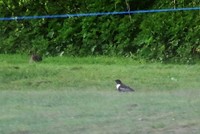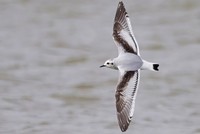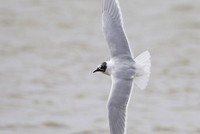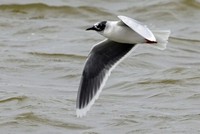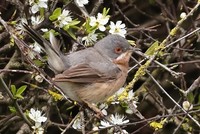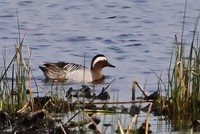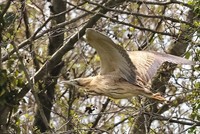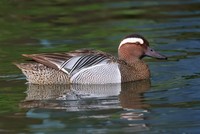A Year of Firsts: 2016 birding review - Part 5: Late Winter
The first major new rarities of the winter were an American Coot on the Western Isles at Loch nam Feithean, North Uist from 11th November - the ninth British record but the second for that loch and the third to be found by Steve Duffield - and a Killdeer found by Juan Brown on the Shetland Isles, at Sandwick, Mainland on 13th November and then also present into 2017. This was only the third record for the Shetland Isles and the first long-staying Killdeer in Britain and Ireland since the bird present nearby around Shetland South Mainland intermittently between 6th April-4th November 2007 and again on 6th March-15th April 2008.
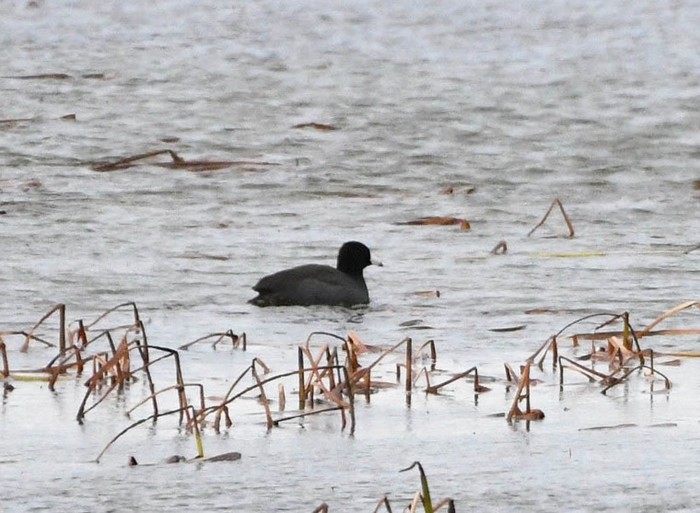
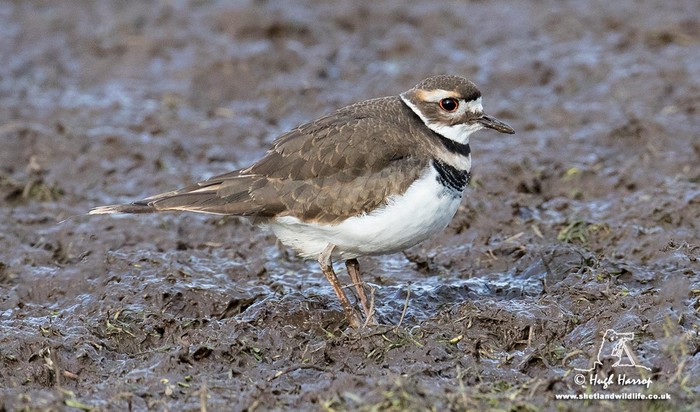
On 19th November a Forster's Tern was found at the Stour Estuary along the Essex/Suffolk border where it remained overnight before relocating 14 miles to the east northeast to Felixstowe Ferry on 21st. It wasn't seen again until 26th November when it spent four hours at Folkestone, Kent. Although there have been nineteen previous British records since the first in Cornwall in 1980, this newly-arrived first-winter bird was the first in Britain since January 2003, despite annual occurrences in Ireland in the interim.
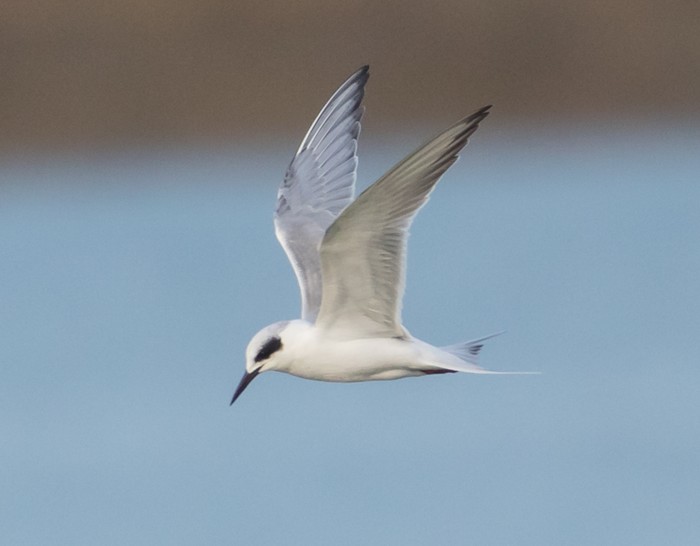
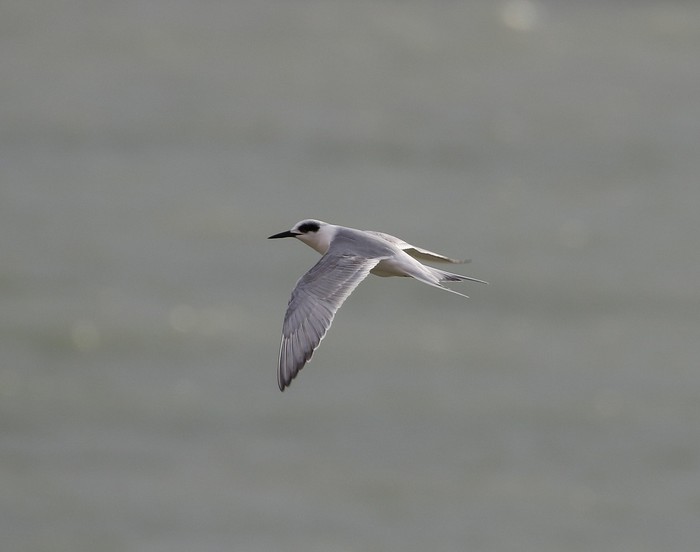
The fifteenth and final first of 2016 was a Masked Wagtail Motacilla alba personata noticed by Jon Hudson on the roof of his house in Camrose, Pembrokeshire on 29th November. Jon realised it was not a Pied Wagtail and posted a photograph of the bird to the Pembrokeshire blog where Rare Bird Alert realised the true identity and significance of the sighting: the first record for the British Isles of this Central Asian form of White Wagtail that breeds no closer than northern Iran and southwest Siberia.
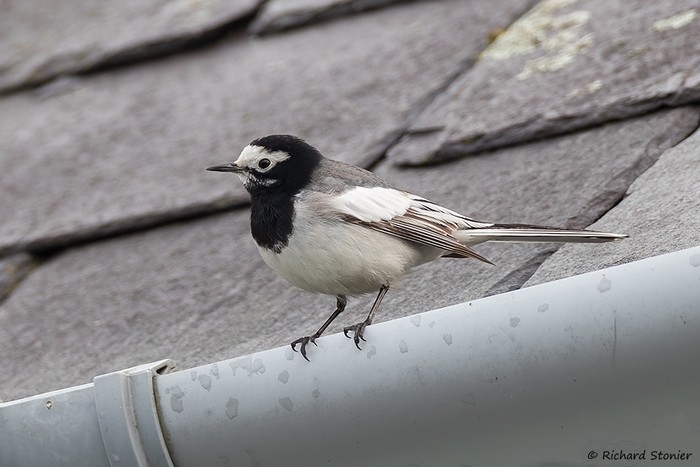
A modest crowd of twitchers arrived for dawn on 30th November and they and all further visitors were eagerly welcomed into the gardens of Jon's neighbours where the Masked Wagtail had taken up territory. Although it's behaviour suggested that it was set to spend the whole winter in Camrose it was last seen on 26th December: maybe it died or perhaps just as likely moved on, as many rarities that linger through December don't make the New Year.
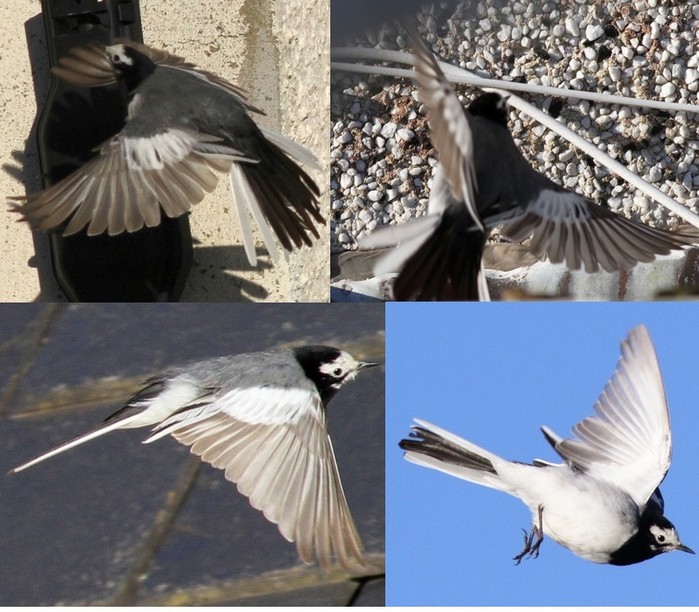
Following two previous records in Norway and one in Sweden it represents only the fourth record for Western Europe but the eighteenth record for the Western Palearctic. All previous Western Palearctic records are listed below and, most notably, thirteen have been found in the current decade including six in Kuwait.
- 1966 - Akrotiri, Cyprus 22nd September/li>
- 1989 - Hula Valley, Israel October or November/li>
- 2003 - Lista, Vest-Agder, Norway 21st November-10th April 2004/li>
- 2006 - Glabo, Oland, Sweden 29th April/li>
- 2007 - Risor, Aust-Agder, Norway 21st September/li>
- 2010 - Mandria, Cyprus 3rd October
- 2011 - Jahra Pool, Kuwait 1st March
- 2011 - Ma'agan Mikhael, Israel 18th March-21st March
- 2011 - Paphos, Cyprus 28th April
- 2012 - Wafra Farms, Kuwait 10th February
- 2013 - Jahra Pool, Kuwait 2nd March
- 2013 - Jahra Pool, Kuwait 3rd July
- 2014 - Mandria, Paphos, Cyprus 1st-3rd March
- 2015 - Jahra East Outfall, Kuwait 15th February
- 2015 - Sarafovo, Bulgaria 12th September
- 2016 - Dead Sea, Israel 23rd-25th March
- 2016 - Kuwait 15th November
Some studies of the genetics of the White Wagtail complex have shown the existence of two clades: one comprising the southern Asian forms Masked Wagtail personata, Amur Wagtail leucopsis and Himalayan Wagtail alboides, and the other encompassing all other forms from White Wagtail nominate alba, Pied Wagtail yarrellii and Moroccan Wagtail subpersonata in the west through to Black-backed Wagtail lugens in the east.
In the British Isles Pied Wagtail is an abundant breeder almost throughout, White Wagtail is a common passage migrant and rare breeder, and Amur Wagtail has occurred once at Seaham, County Durham on 5th-6th April 2005.
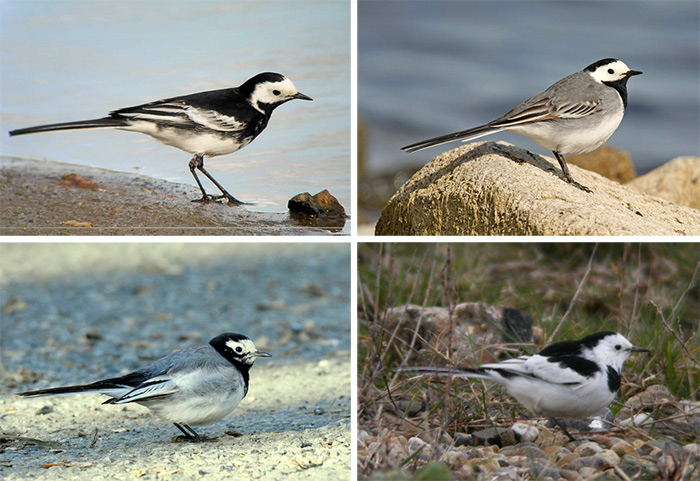
Following the record autumn influx of Eastern Black Redstarts at least a further three males were found during December comprising birds at Skateraw, Lothian on 1st-22nd, Ripple, Worcestershire on 6th with presumably the same relocating just over two miles away across the county boundary to the cathedral at Tewkesbury, Gloucestershire on 7th-11th, and finally at Mousehole, Cornwall from 19th-31st.
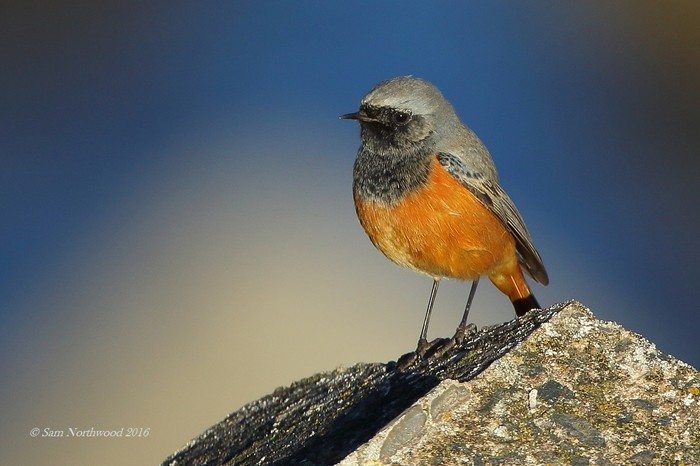
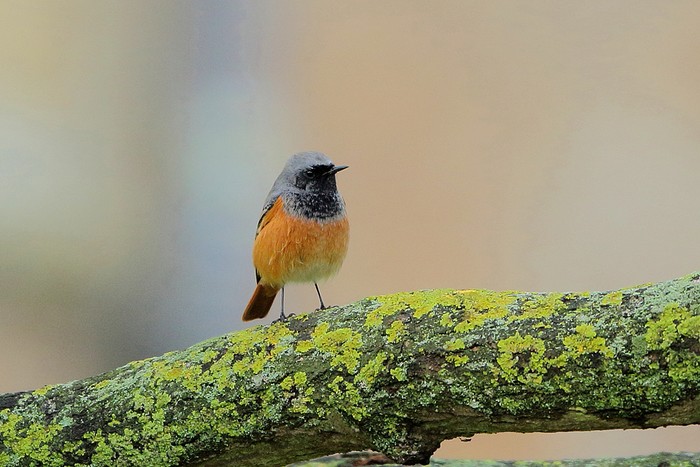
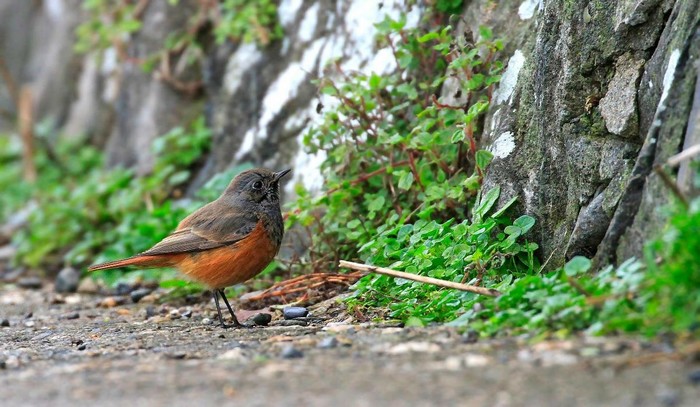
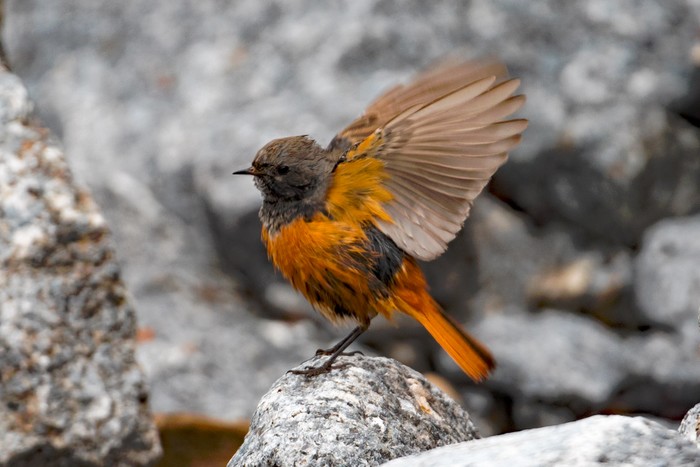
Startling news on 4th December was that a Dusky Thrush had been photographed as a mystery bird by Rachel Jones at her home in Beeley, Derbyshire. With the bird still on-show the following morning a major twitch was sparked and the residents of Beeley opened up their property and facilities to accommodate this influx to their picturesque village. Rachel shared the excitement with Rare Bird Alert here LINK http://www.rarebirdalert.co.uk/v2/Content/Finders-in-the-field-Dusky-Thrush-Beeley-Derbyshire.aspx?s_id=347063785 and the bird remained until the month end. Since the famous long-staying Dusky Thrush at Hartlepool, Cleveland on 12th December 1959-24th February 1960 this species tantalised twitchers with seven further unreachable records until a female showed throughout one day only at Margate, Kent on 18th May 2013. A further bird was suppressed in Devon in autumn 2013.
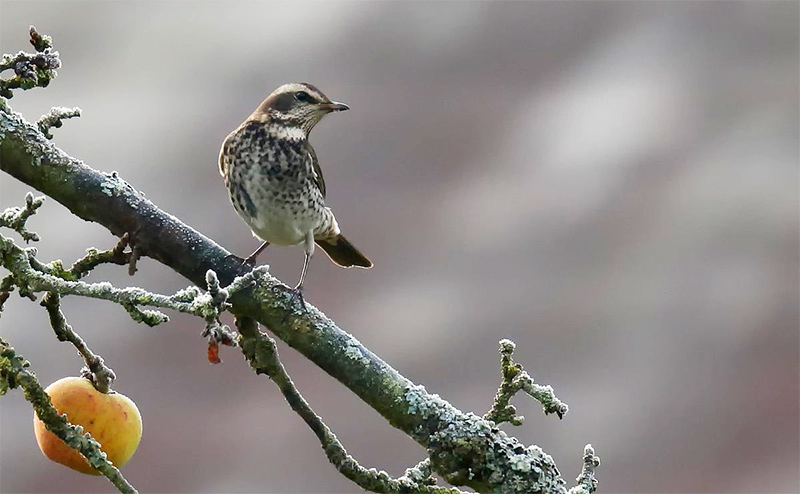
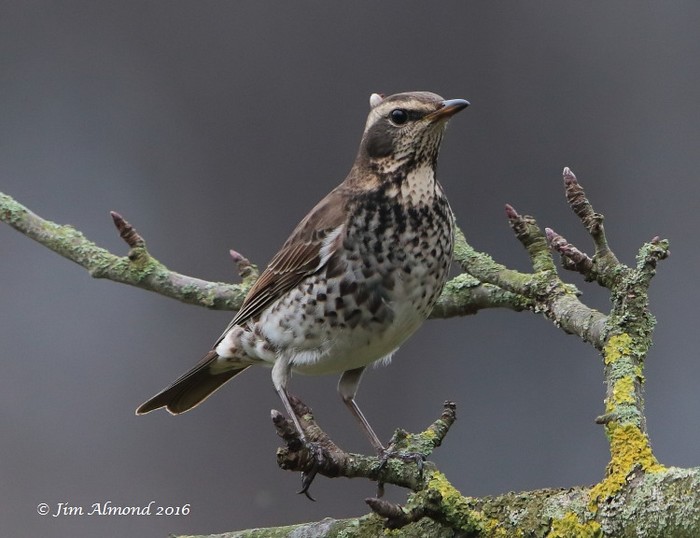
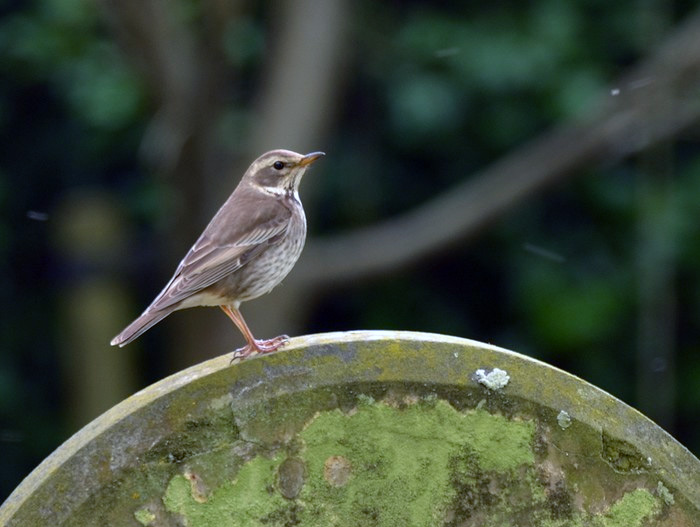
Following the record-breaking October for Asian vagrants in Britain the location of a wintering Blyth's Pipit found by Nigel Millbourne at Blagdon Lake, Somerset on 14th-30th December and a Black-throated Thrush in St Asaph, Denbighshire on 16th-31st were in consonance. However, given the lacklustre late autumn for Nearctic landbirds a Slate-coloured Junco in Essex in a garden at West Mersea on 8th was more unexpected, as was its overnight departure.
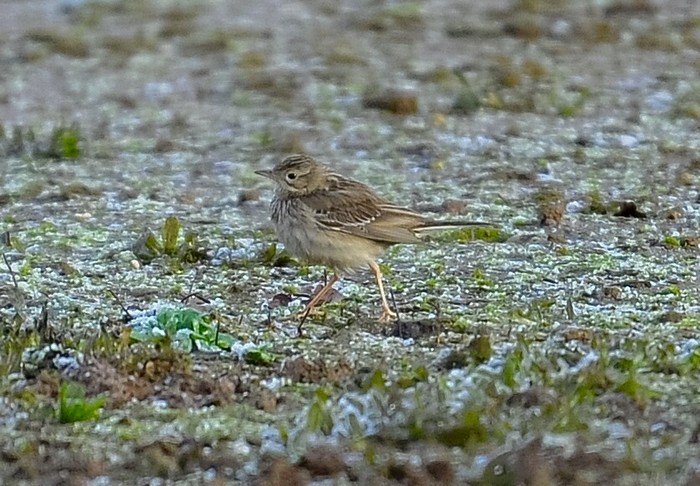
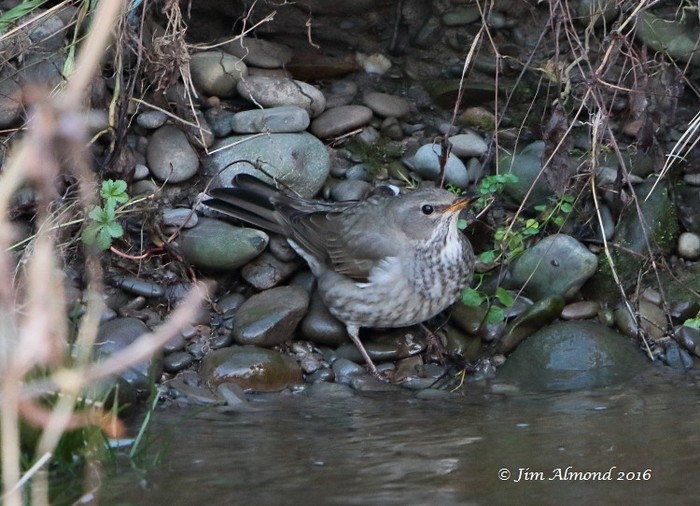
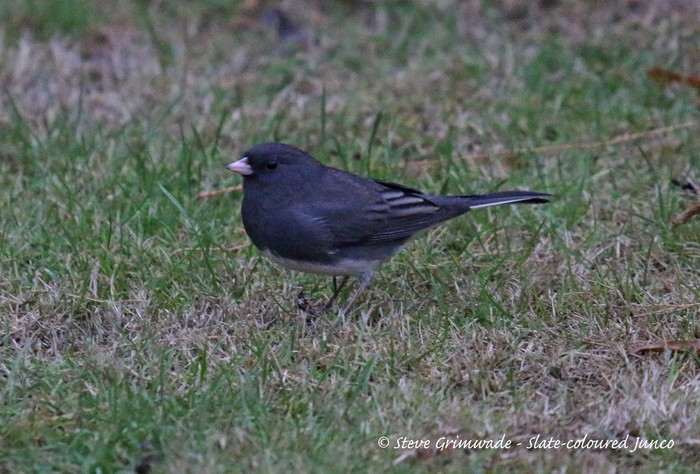
A Greater Yellowlegs in County Wexford at Cahore on 18th-19th December was quickly followed by the last major rarity of the year, a Red-breasted Goose in Norfolk with wintering Pink-footed Geese at Choseley and surrounding areas from 19th-30th. The Red-breasted Goose appeared at a time of plummeting temperatures on the Continent and a corresponding large arrival of Russian White-fronted Geese to East Anglia, although it initially chose to accompany Pink-footed Geese.
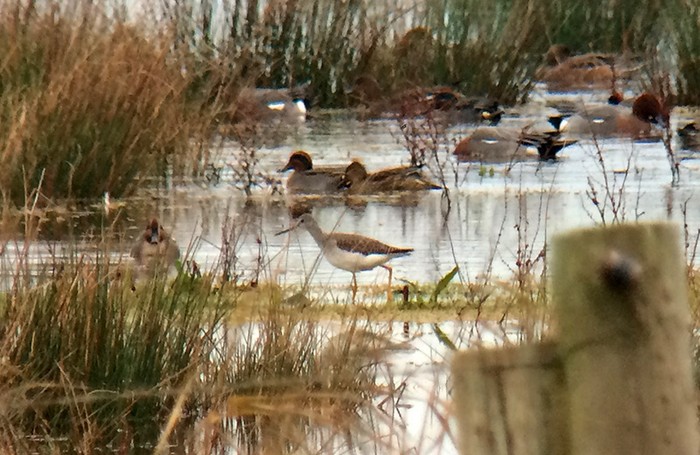
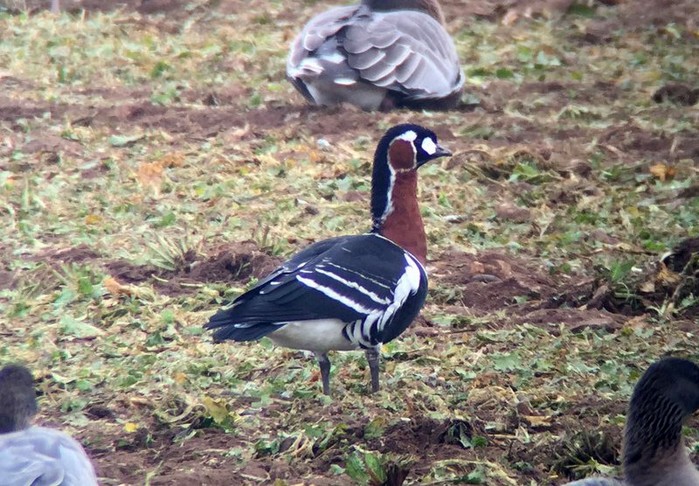
Meanwhile, returning rarities back for another winter were, in order of reappearance, the Northern Harrier back on North Ronaldsay, Orkney Isles from 23rd October, the Black Scoter at Rossbeigh, County Kerry on 25th-29th October, the Forster's Tern in Galway Bay from 4th November, and Pacific Divers at Tawin, County Galway from 19th November and Penzance, Cornwall from 18th December, whilst the Hooded Merganser was relocated in Ayrshire at Kilbirnie Loch on 9th November-14th December before returning to Lochwinnoch, Clyde from 18th December until the year end.
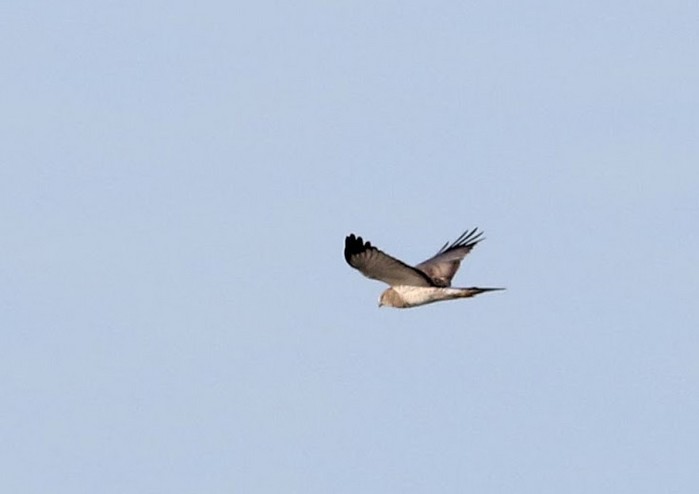
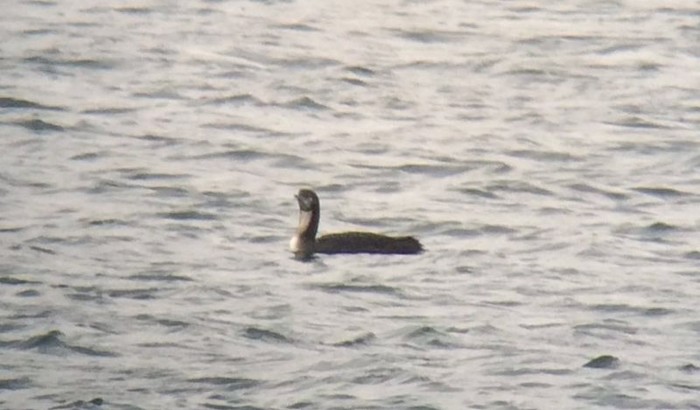
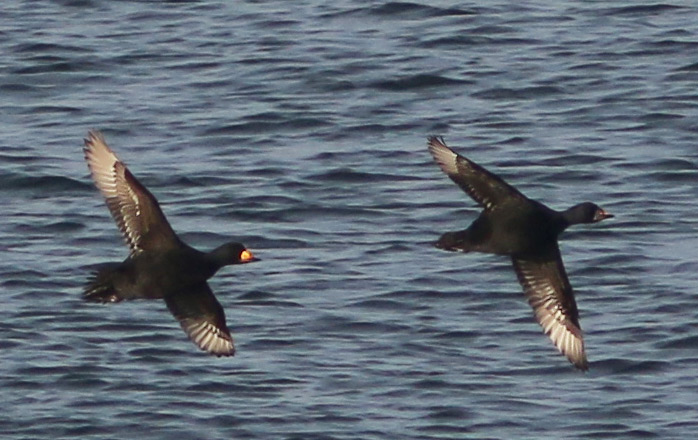
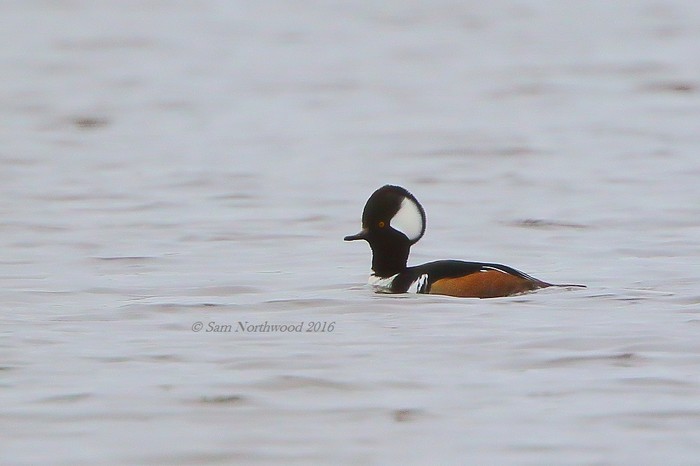
23 February 2017
Share this story

